An Indian automotive company is driving a campaign to educate young girls and change a country’s ingrained bias against women. Brian Crisp reports.
As a father of three daughters, it is difficult to imagine the fear a 13-year-old girl faces when she is told she must get married.
It is even more repugnant a thought when you consider that the man she is to marry is probably twice her age - if not older.
Girls in Indian states like Rajasthan, Madhya Pradesh, Chhattisgarh, Uttar Pradesh and Haryana rarely make it past Year 5 at school. That is when their education ends and married life begins.
K.C Mahindra Education Trust trustee and executive director Sheetal Mehta has gone into the tribal project areas and asked if there were child brides there. “They turn around and say no,” she says. “No girl gets married here before the age of 12. They still think that child marriage is three and four years old. Twelve or 13 is the very critical age where we need to be there counselling these parents to please not get their daughters married. At least let her complete her schooling. We want them to be truly empowered and independent.’’
Although statistics are hard to collate in a country like India, it is believed that one in six Indian women are forced into child marriage.
Child marriage is illegal, but the ancient practice still goes on and there are few successful criminal prosecutions. According to census data, almost 103 million girls are wed before they turn 18. In the 10 years from 2001, only 157 people were convicted of promoting or performing child marriages.
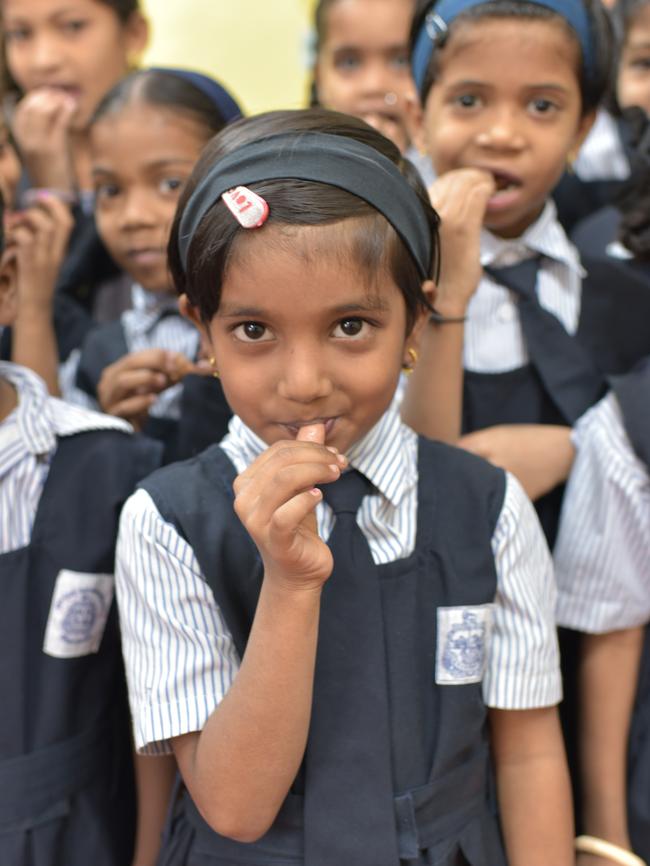
Put simply, India - as a nation - does not treasure the girl child.
Girls are perceived to be a burden on the family. The prevailing thought is that a girl will marry and live with her husband’s family, so it is not worth investing in a daughter’s education. If she comes from a large family, a girl is often simply seen as an extra mouth to feed. An inconvenience.
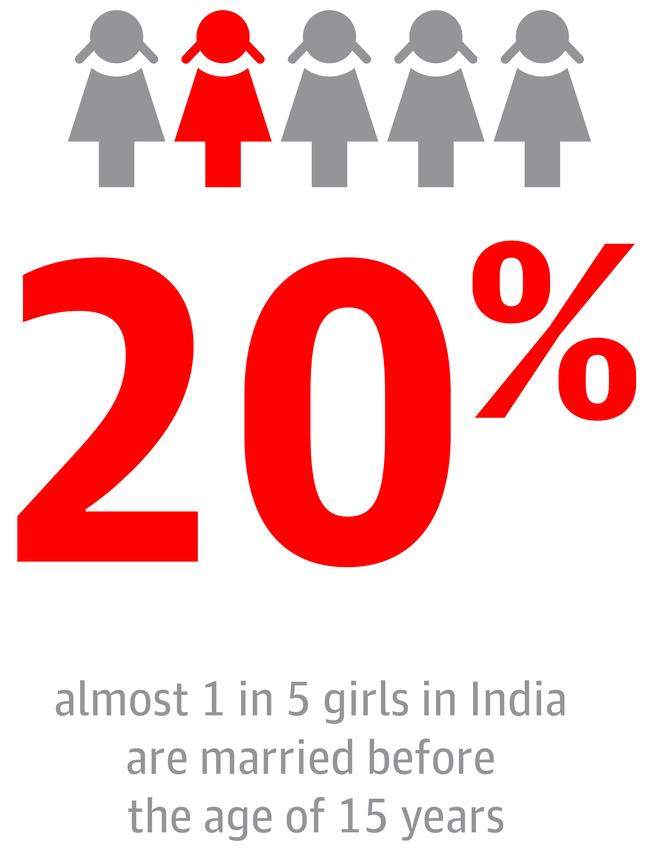
When it comes to most things, including education, sons are favoured over daughters - especially in poorer tribal communities.
“The girls get up at around 4am and start with the housework. They cook and clean and then they do half an hour of studies,’’ Ms Mehta explains.
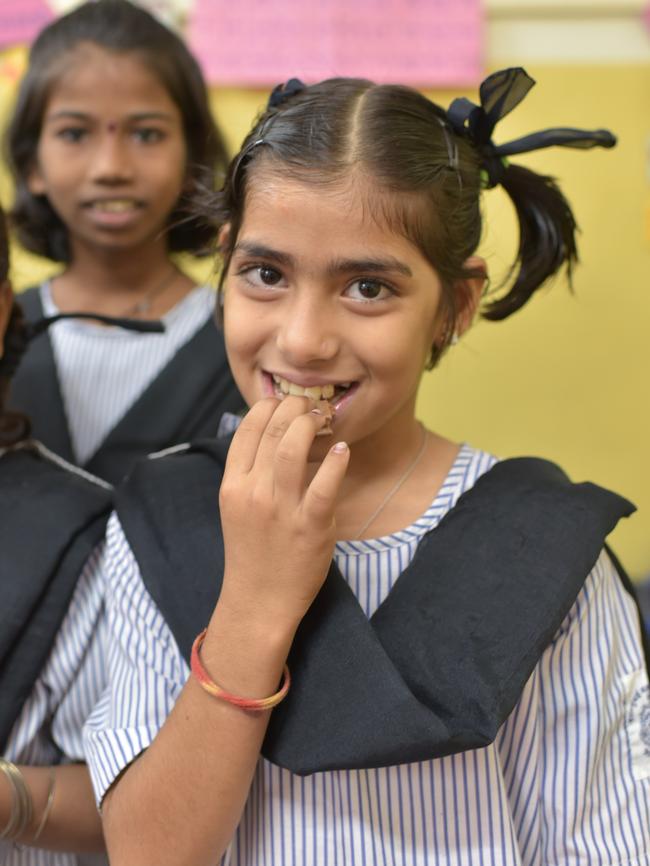
“Another big issue in India - especially in the rural areas - is the fetching of water. There’s no running water in the homes so that becomes a priority and that task falls only to the girl child.”
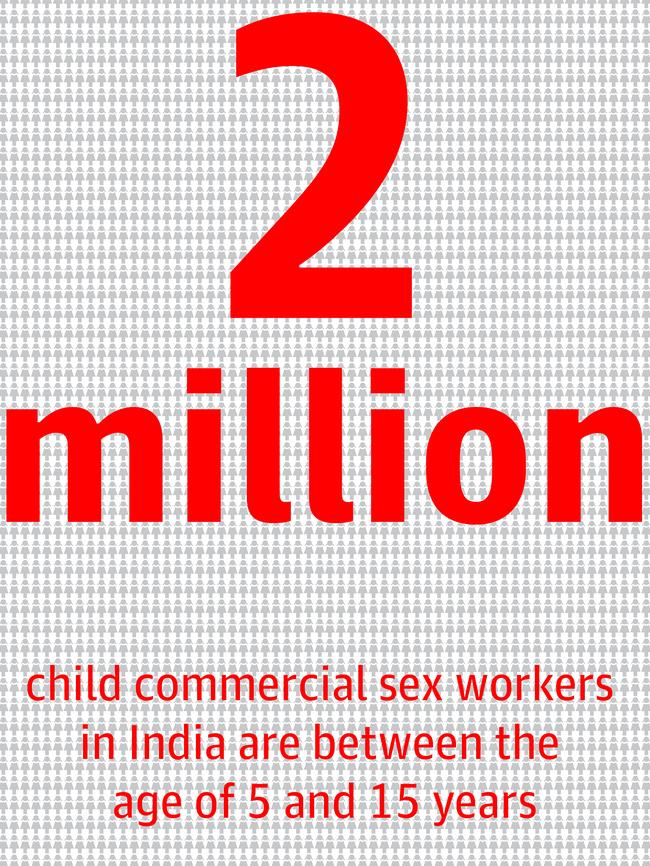
So it’s the girl who has to go and fetch the water. Sometimes it is a two-hour round trip. Everything else that she does will revolve around fetching the water.
“Then they spend their whole day at school and then come back again in the evening, back to cleaning, back to cooking and helping in the house. If there is someone sick in the house - where there is an older person - they stay back and don’t even go to school.
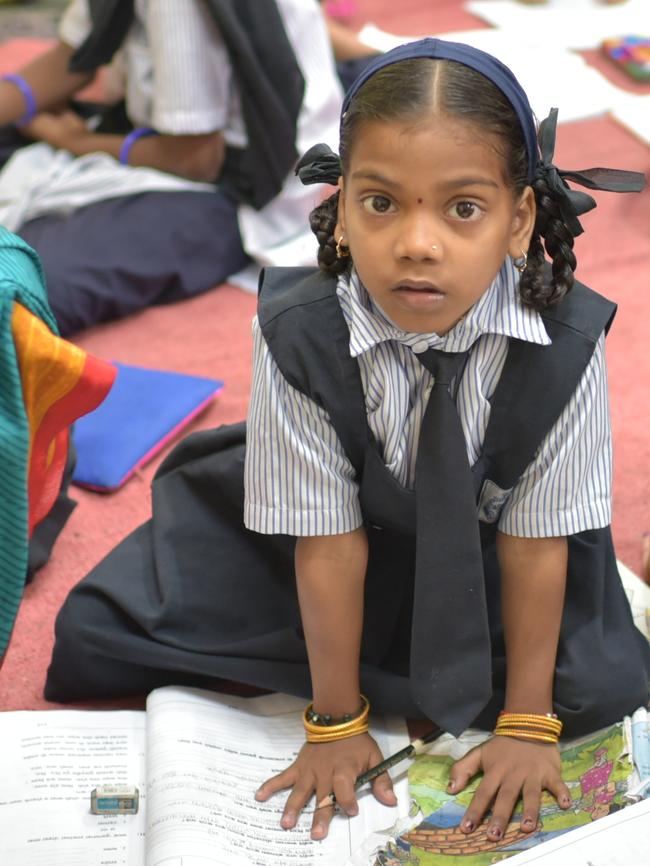
“So these are the things that we try and change through the Nanhi Kali project. It’s about changing mindsets. It’s about giving girls a chance to reach their potential.”
Mahindra, an Indian multinational automobile manufacturing company with its Australian headquarters based in suburban Brisbane, is trying to improve the plight of girls through education and this year alone its Nanhi Kali project will fund the schooling of 110,000 girls in 10 Indian states.
Ms Mehta explains as we sit in a classroom full of bubbly and excited Nanhi Kali sponsored students that it costs 3000 rupees (about $60) to fund a girl’s education for a year.
In Hindi Nanhi Kali means little bud.
“The idea is that we invest in her education so that then she can blossom into a young independent empowered woman. Nanhi Kali was designed as a sponsorship program so that any individual or corporate could support the girl through her years of education,’’ Ms Mehta said.
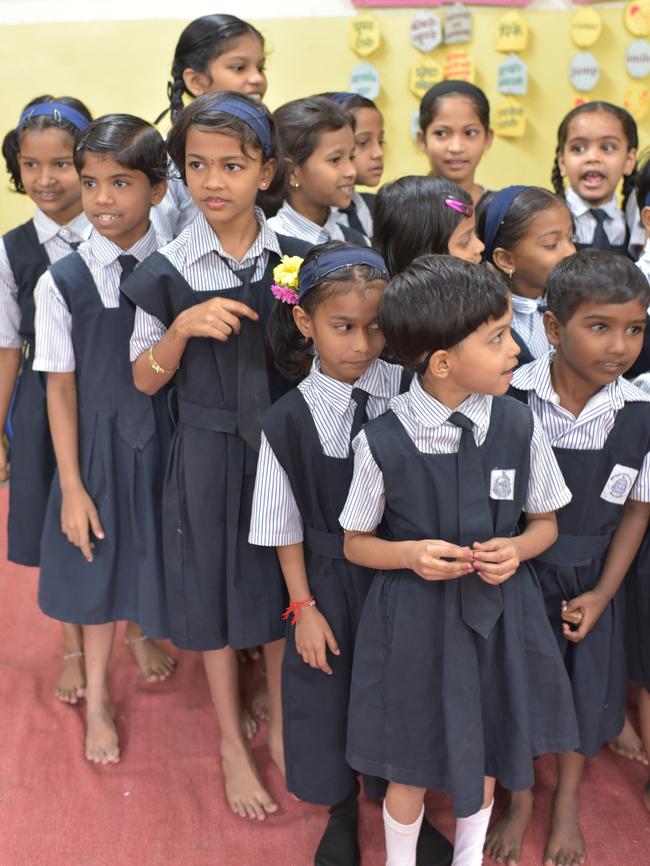
After studying for his MBA in America, Anand Mahindra - the chairman and managing director of the Mahindra Group - returned to India with a plan to educate the girl child and in turn create a cultural revolution in his country. He was inspired by America’s philanthropic nature, something that didn’t exist in his country. He knew that to succeed he had to convince better-off Indians to support their own, less fortunate people.
Mr Mahindra, even before Corporate Social Responsibility was legislated in India, gave 1 per cent of his company’s net profit to CSR initiatives. Now all Indian companies must donate 2 per cent of their net profits.
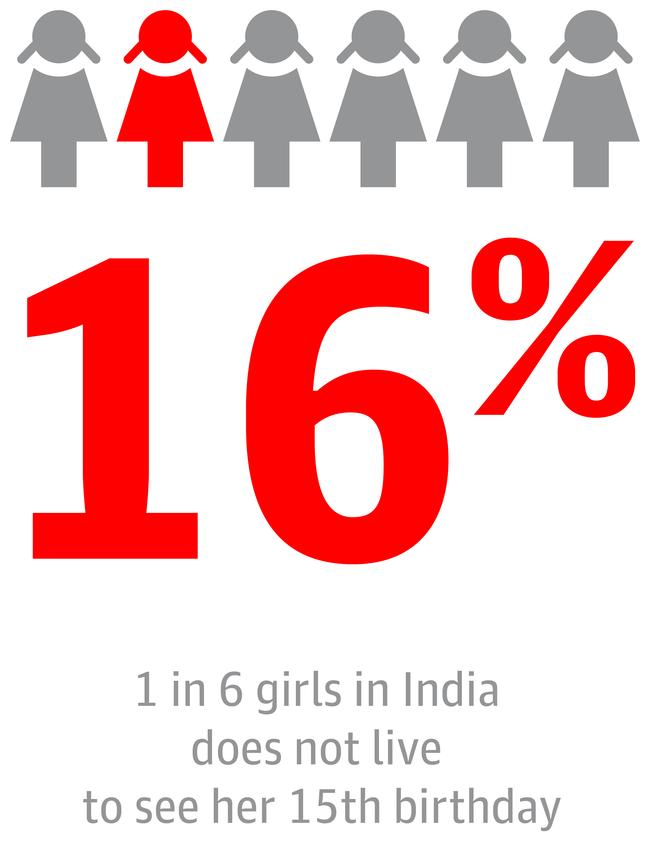
“To my mind, the education of children - girl children specifically - is what really creates an enlightened society. It creates a liberal society,’’ Anand Mahindra says. “And it creates one which addresses the population problem too. You want educated women if you are going to have a modern society.
“So I just put these thoughts together and put it under the umbrella of the Mahindra Foundation. And we went out and asked young people just to give a small portion of their income every month and impressed upon them how that little amount of money can go a long way in getting a girl child an education. That was the genesis.”
Anand Mahindra firmly believes that if you educate women you have another 50 per cent of the population that can contribute to the workforce and obviously that is going to effect GDP in a positive manner. He also says that if you educate women then they will ensure that the number of children they have would be fewer. They would ensure that whatever income they earn would get back into their families and they would be able to spend more on education. And women would always ensure that the entire family gets educated, not just the boys.
Nanhi Kali started small with the number of girls being helped tallying in the hundreds. Today it is growing at a dramatic rate, something that will accelerate the force of change in a country where the dowry and caste systems still flourish.
The Nanhi Kalis attend government schools but get one extra hour of tuition each day aimed at helping them become more articulate and ensuring they develop basic problem solving skills that are useful in every day life.
I visited one of the schools in Central South Mumbai and watched as young girls, sitting in a concrete classroom not much bigger than a boxing ring, came together to work in groups. These girls were happy, laughing, loud and dressed in perfectly pressed uniforms. One said she wanted to be a doctor, one wanted to be a police officer. Another said she wanted to be an engineer. Then there was the girl whose dream is to be a singer. As she sang for us a classmate started dancing Bollywood style. It was a typical energy-charged classroom scene, but it was brought to life by Nanhi Kali funding.
As well as extra tuition, the Nanhi Kali project supplies girls with school books, uniforms, bags, some school supplies and the older girls are given sanitary pads.
“Most of the dropouts happen at the higher school level because that’s when the adolescent girl’s body changes,’’ Ms Mehta says.
“Parents get very insecure about sending their girls to school especially in the rural and tribal areas and would prefer that they remain at home.’’
In India only 55 per cent of girls stay at school until Year 10. More than 95 per cent of the girls in the Nanhi Kali scheme reach Year 10 and many now are going beyond that to be awarded diplomas and degrees.
“Even when they (the parents) are illiterate they know when their child is learning,’’ Ms Mehta said.
“When the child is able to count and help them go to the marketplace, or when they realise that she can read, then they get very encouraged and then they start having ambition for their own girls.
“If they see a girl is not really doing anything at school, then they say it’s better she sits at home where she is more useful doing the household work.’’
It has definitely been easier to sell the Nanhi Kali program to parents in urban areas. In rural communities, it is another story. They are not welcome.
Sheetal Mehta, a tiny woman with a broad friendly smile, has to speak at sometimes hostile public meetings to convince communities to allow the Nanhi Kali project to be introduced.
“Rural parents often say we have one hand short if the girl goes to school. One hand short in the fields. One hand short to do the housework. It’s a big task actually counselling the parents,’’ she says.
“Two fathers came to a community meeting I was at. The rest were all mothers. The two fathers were supportive. There was this one lady who was so against the girls staying for an additional hour. She kept saying ‘How will I come and pick them up?’ That was one issue. The second issue was: ‘Who will do all the work at the house’.
“So I turned around and said ‘Do you work?’ She said no. So I told her ‘Why don’t you do it?’ I asked her that very politely and she told me ‘Have you seen me? I am so unwell.’ I have never seen someone so rough and tough like the Punjabi women. And her child was seven-years-old. Sickly. Weak. I wanted to just go and shake her up. Luckily those two men managed to convince that group that it was a worthwhile project. You need community support. You just can’t convince them yourself.
“When you go to the rural and tribal areas the government school teachers don’t even turn up. They are not at all held accountable for the results so these girls - there’s no learning that is happening,’’ she said.
“We have challenges from the villagers. They have their own mindsets and say ‘Why do you want us to send our girls to school. What is the point in investing in girls. We are only going to get them married’.
“So we start working with village elders, having parents’ meetings, we form a village education committees. And then we start sensitising the village on how important it is to send their girls to school and how it’s the girls who will probably look after the parents in the long run.
“It takes a few months to get the confidence of that community.
“We are slowly, slowly getting more Nanhi Kali donors. Getting people more aware of the projects. And today we are supporting 110,000 girls, but that is a drop in the ocean for India. We really want to reach out to at least a million girls.’’
Most schools don’t have basic facilities. The Nanhi Kali project has installed 4500 female toilets in schools. Before that girls had to go to the toilet wherever they could. Sometimes in a river, often in front of boys.
If you want to help and donate money go to nanhikali.org


Long way to the top: The journey of the world’s greatest rock band
The world’s biggest rock band AC/DC packed out regional halls and suburban pubs across Victoria for $3 per ticket before they ever dreamt of selling out stadiums. These lucky fans were front and centre.
AFL Grand Final: Premiers poster, souvenirs, downloads
Brisbane has roared to the 2025 premiership, toppling Geelong on the game’s biggest stage. Mark the Lions’ triumph — and the Cats’ missed chance — with exclusive Grand Final downloads.